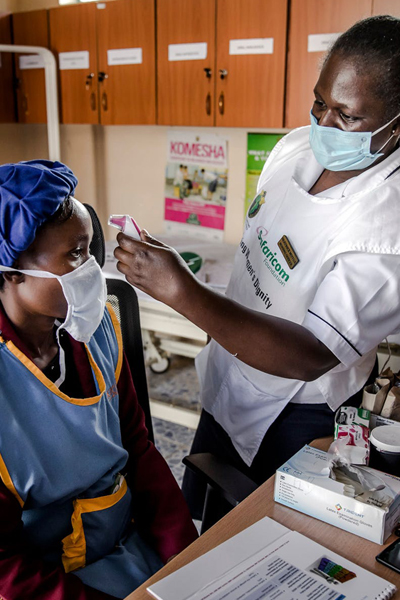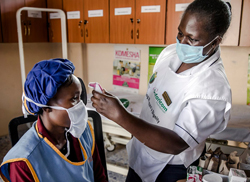
What would you do if you were with someone who suddenly collapses due to a heart attack or other ailment, or if you or a close relative, friend, colleague or family is involved in an accident? What would you do, knowing that they need immediate medical attention, but have no idea where to rush them?
That is a real situation that most Kenyans can find themselves in. Most people are not aware of their medical conditions, are unfamiliar with first aid and would not know what to do in case of an emergency. For instance, sicklers, or people with sickle cell disease, often get pain attacks which wrack their bodies, and need emergency care. However, when rushed to hospital, they are made to wait in the queue like everyone else, whereas they should be rushed for treatment with painkillers like morphine. Most die as a result of this neglect.
Indeed, emergency medicine in Kenya is just now getting traction, following the realisation that not many health centres can offer emergency services.
This led to the establishment of the Emergency Medicine Kenya Foundation (EMKF). Recently, EMKF partnered with the Ministry of Health, BP Systems Online and Google to map public hospitals that offer emergency medical care services across the country.
All you need is a smartphone connected to the internet. A search on Google Maps for ‘emergency centre near me’ will guide you to the nearest facility. Apart from giving the exact location of the emergency centre, the search will also detail respective centres’ opening times, contact numbers and the type of emergency services offered in public hospitals.
By May 2019, there were 178 such facilities mapped online.
Medics have a term to describe a life and death situation during an emergency; the golden hour. This means that a patient requires an hour to receive medical care after an emergency, failure to which they might develop further complications or worse, lose their life. Fortunately, according to Google Kenya, there have been increased enqueries online on hospitals that offer emergency medical care, meaning that people are aware of the life-saving service.
Google data from March 2018 when the mapping campaign began to March 2019, indicated that there was a 250 percent increase in total searches on Google Search and Maps for the 178 public health facilities. In the same period, there was a 32 percent increase in visibility on Google Search for the mapped facilities, as well as a 38 percent increase in direction requests to public health facilities with emergency centres. Additionally, there has been a 177 percent increase in phone calls to the mapped public health facilities with emergency centres within the same period.
